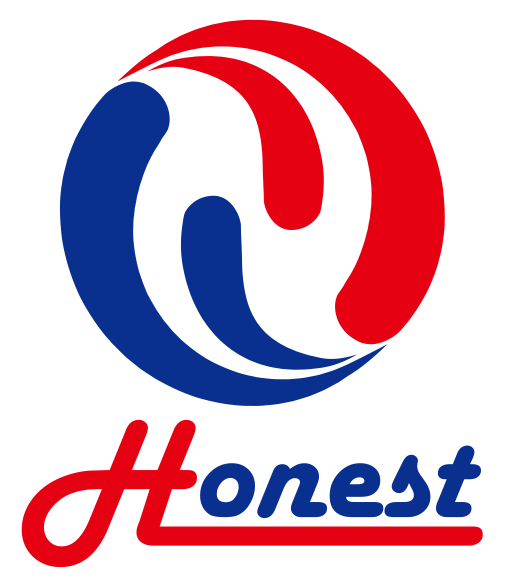A. Andre´s-Bello • P. Garcı´a-Segovia •J. Martı´nez-Monzo Vacuum Frying: An Alternative to Obtain High-Quality Dried Products
Osmotic dehydration is a water removal process involving soaking foods, mostly fruits and vegetables, in a hypertonic solution such as concentrated sugar syrup.
Madamba PS (2003) Thin layer drying models for osmotically predried young coconut
Two major simultaneous counter-current flows occur during osmotic dehydration: water flow out of the food into the solution and transfer of solute from the solution into the food.
Waliszewski KN, Pardio VT, Ramirez M (2002) Effect of EDTA on color during osmotic dehydration of banana slices
There is also a third flow of natural solutes such as sugars, organic acids, minerals, salts, etc., leaking from the food into the solution.
Torreggiani D, Bertolo G (2001) Osmotic pre-treatment in fruit processing: chemical, physical and structural effects
Osmotic dehydration has been used to reduce the initial moisture content, conserve, and retain the initial quality of processed fruits and vegetables.
Da Silva P, Moreira R (2008) Vacuum frying of high quality fruit and vegetable based snacks
Because of the high sugar content of the product after osmotic dehydration, vacuum frying is an excellent technology to produce high-quality (in terms of sensory, physical properties, reduced oil content) deepfried fruit chips. Atmospheric frying alone cannot be used to fry fruits because the product s texture and color completely deteriorate, resulting in the collapse of the product s structure and overcooked appearance (dark color).
Rimac-Brncic S, Lelas V, Rade D, Simundic B (2004) Decreasing of oil absorption in potato strips during deep fat frying
Rimac-Brncic et al. reported that osmotic dehydration can be an effective pretreatment to produce low-fat French fries.
Krokida MK, Oreopoulou V, Maroulis ZB, Marinos-Kouris D (2001) Effect of osmotic dehydration pretreatment on quality of French fries
Krokida et al. showed that French fries soaked in a sugar solution (40% w/w) and traditional frying exhibited 60% reduction in fat content, while soaking in NaCl (20% w/w) and maltodextrine solutions (20% w/w) for the same treatment times reduces the oil content of 35 and 15%, respectively.
Nunes Y, Moreira R (2009) Effect of osmotic dehydration and vacuum frying parameters to produce high-quality mango chips
Nunes and Moreira used osmotic dehydration pretreatment combined with vacuum frying to obtain mango chips with a good texture so the chips structure would not collapse during frying. They concluded that the pretreatment increases values of maximum force and work in a compression test and suggested that this was the result of water loss associated with sugar concentration, temperature, and time of pretreatment. Osmotic dehydration affected the total oil content in mango chips and produced a more compact product during frying. During osmotic dehydration, sugar uptake takes place, which is increased when more aggressive conditions are used (solution concentration and temperature, and osmotic dehydration time).
Nunes Y, Moreira R (2009) Effect of osmotic dehydration and vacuum frying parameters to produce high-quality mango chips
In terms of color, the results obtained by Nunes and Moreira showed that pretreatment conditions had no significant effect on the mango chips color parameters after being vacuum fried.
Refer to: Vegetable and Fruits Snacks Vacuum Fryer

